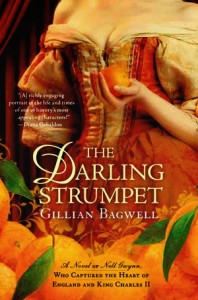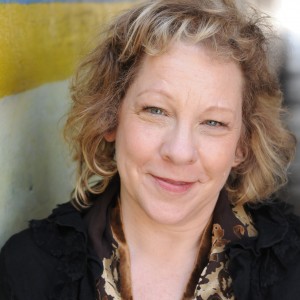Good afternoon everyone!
As many of you already know, March will be a challenging month for me in terms of reading and blogging since the little one will soon be with us, so I wanted to get prepared.
As a result of brainstorming, I came up with an idea to feature independent publishers on Savvy Verse & Wit in March. March is going to be Independent and Small Press Month here at the blog.
What I’m looking for:
1. Guest posts either from the publishers and/or their publicists about their small presses and why the continue to struggle against the mass market producers (i.e. is it a passion for a particular book, local authors, or something more).
2. Guest reviews from book bloggers about a great book from an independent publisher or small press, including information about the press and whether they’ve read other books by that publisher.
While it would be great to feature some poetry book reviews and publishers, I will be more open minded! If you want to review some poetry or know a small press that publishes poetry and wants to contribute, please have them contact me.
OK, that’s it. What do you think? Are you game? I want to fill up every day in March, so please send in your date requests early.
***Also, if anyone has ideas about linkable buttons/banners for the month-long event, please email me. ***



 I’m sure you’ve heard of Unputdownables‘
I’m sure you’ve heard of Unputdownables‘ 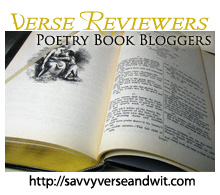
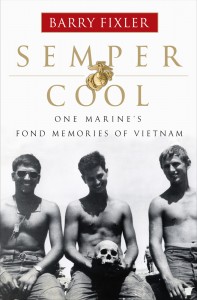
 About the Author:
About the Author: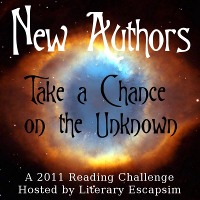
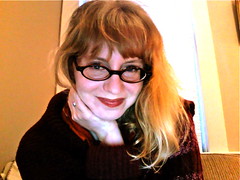 This week at the
This week at the 